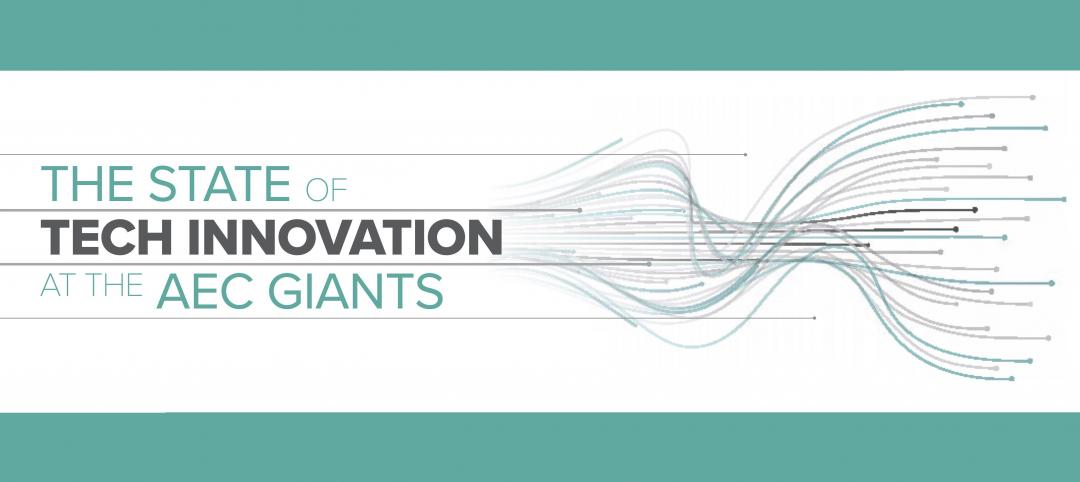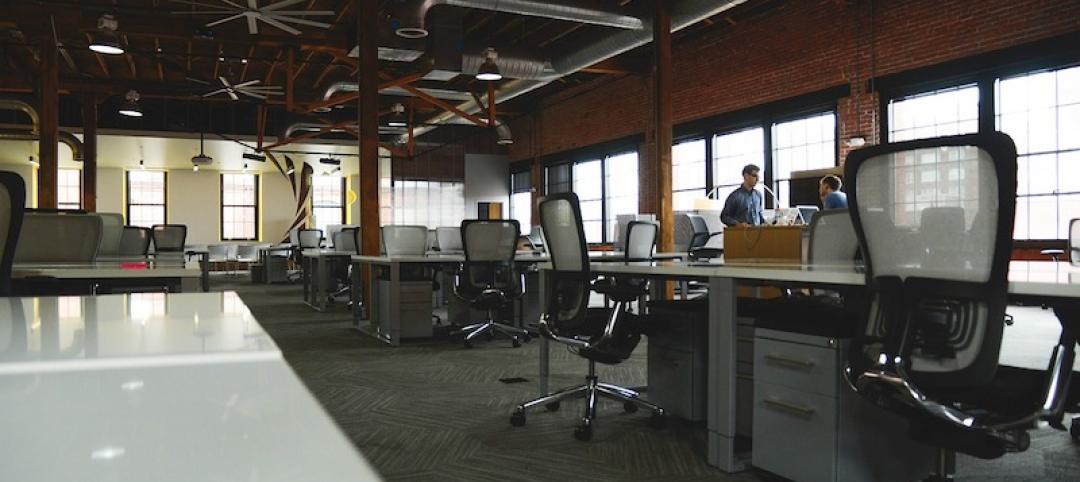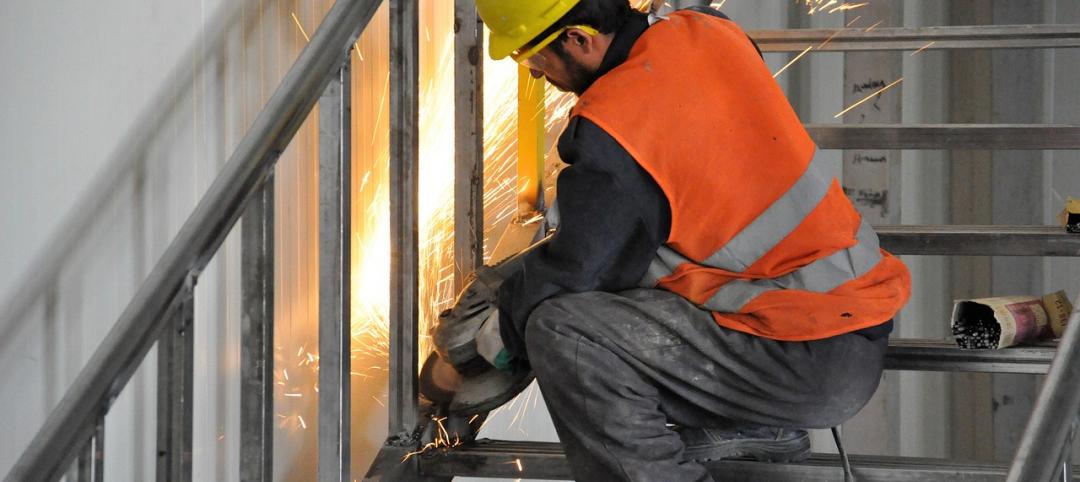The recently released International Construction Costs report, published by Arcadis, details the relative cost of building in 44 of the world’s major cities across 13 building types.
As part of the report, the top 10 most expensive cities in the world to build in are outlined, and a U.S. city is at the top of the list. New York led the way among all cities for construction costs, according to the report.
“New York rises to the top globally once again due to a lack of real estate availability, accessibility issues, and high real estate prices,” says David Hudd, Arcadis Cost and Commercial Director, in a release. ‘To build in such a dense urban environment like New York City, you must find solutions to control costs, such as expertly handling storage, transport and staging of building materials, identifying skilled construction firms and labor far in advance, and implementing modularized construction.”
New York isn’t showing any signs of slowing down either in terms of construction costs. The city is expected to remain the most expensive to build in into 2017 and beyond as large-scale construction projects and international investors drive development. The Big Apple is almost 50% more expensive to build in than the national average and is even 20% higher than other major and expensive cities such as Chicago, Los Angeles, Seattle, and Boston.
For the U.S., San Francisco is the second most expensive city to build in because of its cramped environment, rigorous seismic requirements, and competition for contractors.
In terms of worldwide construction costs, Hong Kong is in second place, followed by Geneva, London, and Macau. The entire top 10 list is as follows:
- New York
- Hong Kong
- Geneva
- London
- Macau
- Copenhagen
- Stockholm
- Frankfurt
- Paris
- Vienna
For the full report, click here.
Related Stories
Market Data | Feb 24, 2021
2021 won’t be a growth year for construction spending, says latest JLL forecast
Predicts second-half improvement toward normalization next year.
Healthcare Facilities | Feb 18, 2021
The Weekly show, Feb 18, 2021: What patients want from healthcare facilities, and Post-COVID retail trends
This week on The Weekly show, BD+C editors speak with AEC industry leaders from JLL and Landini Associates about what patients want from healthcare facilities, based on JLL's recent survey of 4,015 patients, and making online sales work for a retail sector recovery.
Market Data | Jan 19, 2021
2021 construction forecast: Nonresidential building spending will drop 5.7%, bounce back in 2022
Healthcare and public safety are the only nonresidential construction sectors that will see growth in spending in 2021, according to AIA's 2021 Consensus Construction Forecast.
AEC Tech | Feb 13, 2020
Exclusive research: Download the final report for BD+C's Giants 300 Technology and Innovation Study
This survey of 130 of the nation's largest architecture, engineering, and construction firms tracks the state of AEC technology adoption and innovation initiatives at the AEC Giants.
Office Buildings | Feb 11, 2020
Forget Class A: The opportunity is with Class B and C office properties
There’s money to be made in rehabbing Class B and Class C office buildings, according to a new ULI report.
Industry Research | Dec 13, 2019
Attention building design experts: BD+C editors need your input for our 2020 Color Trends Survey
The 2020 Color Trends research project will assess leading and emerging trends and drivers related to the use of color on commercial, institutional, and multifamily building projects.
Architects | Sep 11, 2019
Buoyed by construction activity, architect compensation continues to see healthy gains
The latest AIA report breaks down its survey data by 44 positions and 28 metros.
Industry Research | Aug 29, 2019
Construction firms expect labor shortages to worsen over the next year
A new AGC-Autodesk survey finds more companies turning to technology to support their jobsites.
Codes and Standards | Aug 29, 2019
Industry leaders ask for government help as trades shortage worsens
AGC asks for more funding for education and increased immigration to fill gaps.
















